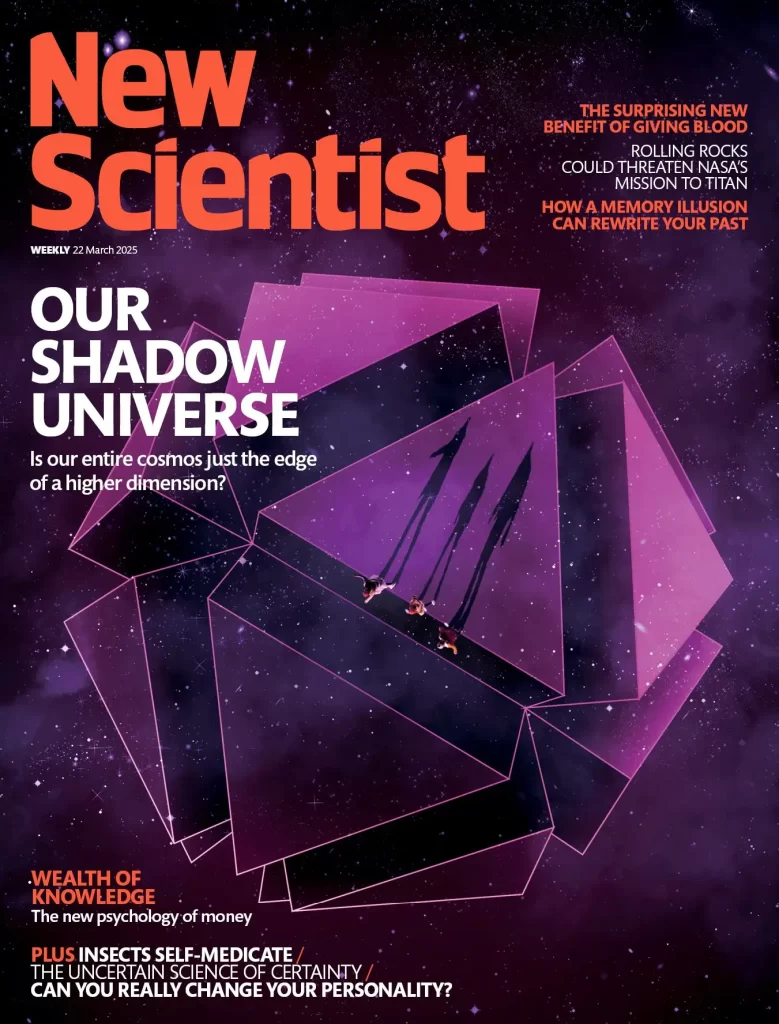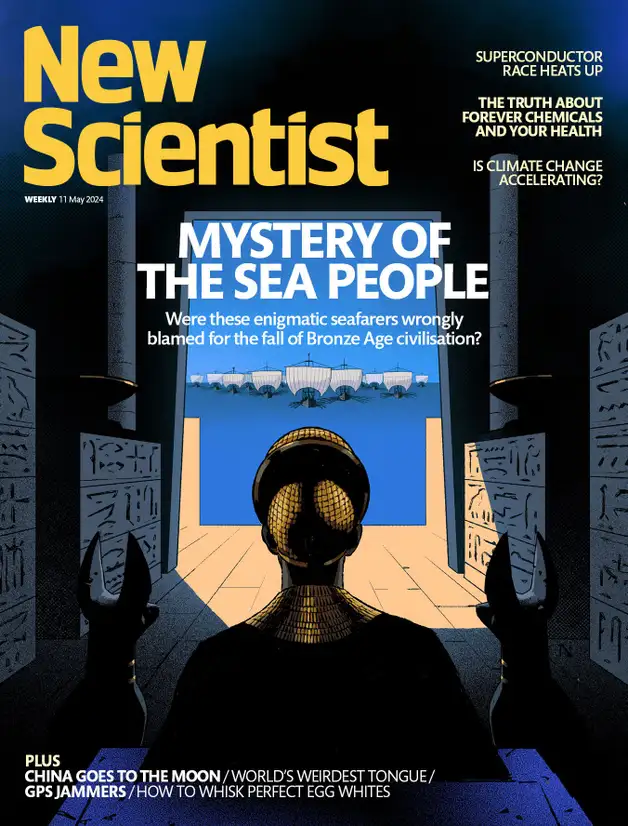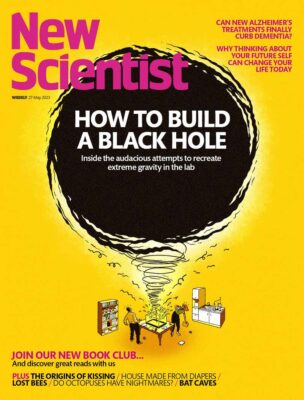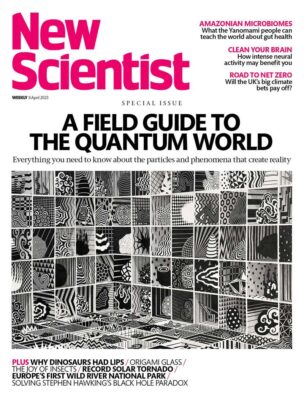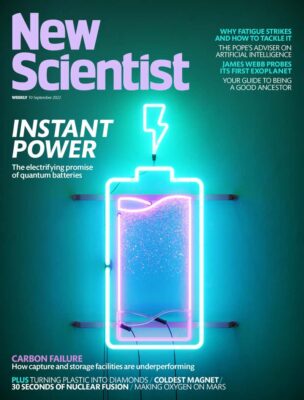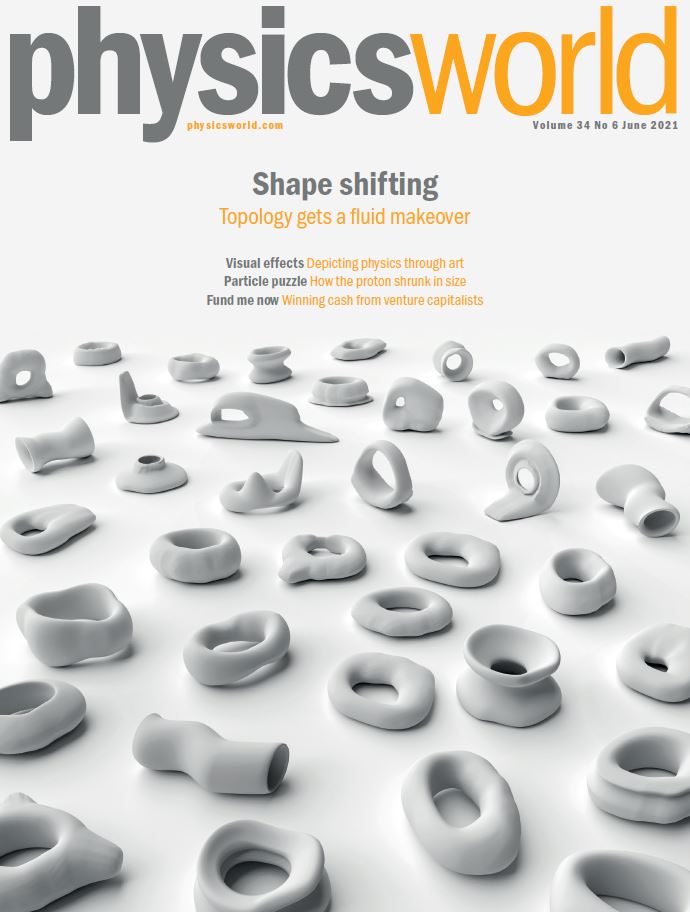The bold attempt to solve the toughest mystery at the heart of physics
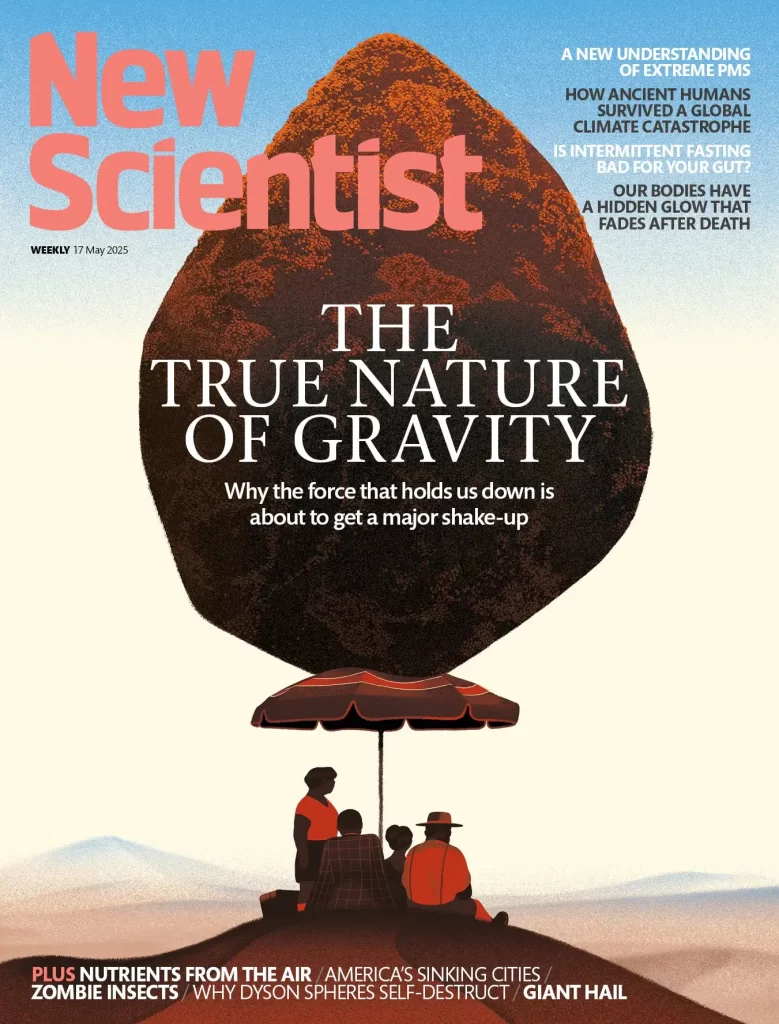
Finding out whether gravity – and therefore space-time itself – is quantum in nature has long been thought impossible. But innovative new ideas might be about to help answer this crucial question
Physics is tough. Want to spot a ripple in space-time? You just need a detector capable of seeing a length change less than one-millionth the size of an atom. Want to find a Higgs boson? No problem – so long as you have $7 billion, 14 years and 6000 scientists to hand. Still, one experiment is so hard as to make even the cheeriest physicist gulp: testing the idea that gravity is quantum.
A theory of quantum gravity is the outstanding goal of modern physics. It would reconcile two currently incompatible pillars of our description of the universe: general relativity, our large-scale theory of gravity; and quantum mechanics, our microcopic account of nature’s other fundamental forces. Individually, these have been thoroughly tested, always passing with flying colours. Yet try to combine them, and things fall apart. If we could show that gravity is quantum in nature, perhaps by finding a quantum particle of it, the problem would be all but solved. However, even our most powerful detectors don’t come close to the extraordinarily high energies thought to be needed to find these so-called gravitons.
Not long ago, the late theorist Freeman Dyson echoed the mood among many physicists when he argued that quantum gravity might simply be untestable. But recently, some have begun to claim that it may not be so. If true, we could soon see the first hints of how the two most fundamental theories of nature relate to each other. “It seems to me that, technologically speaking, the time is opportune,” says Vlatko Vedral, a theorist at the University of Oxford. […]
The rest of this article is available here.
